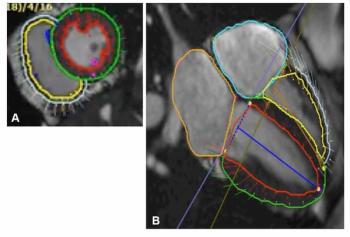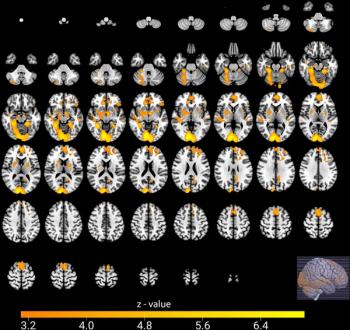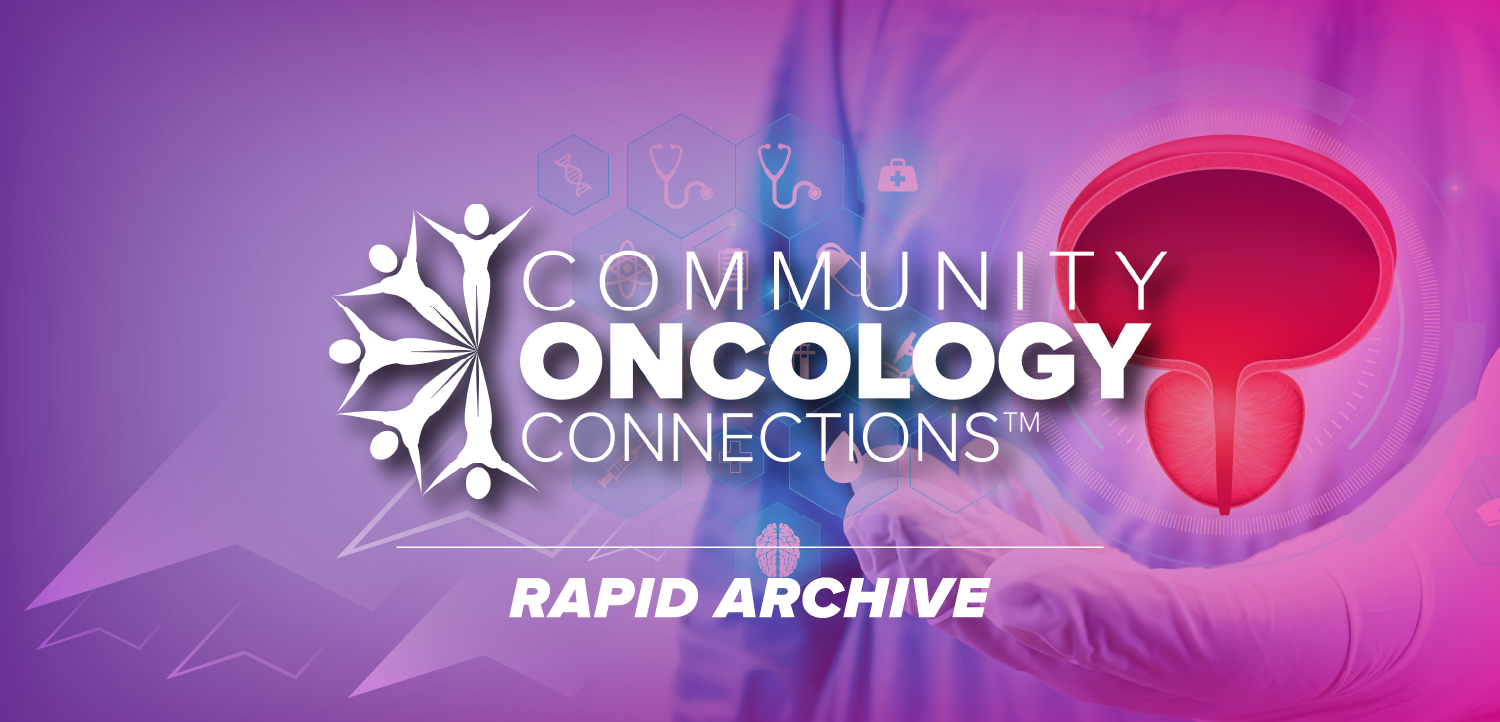
Report from SCMR: Bone marrow stem cell therapy fails to improve ventricular function of myocardial infarction patients
Perfusion and delayed-enhancement MR imaging played a central role in a recent randomized double-blinded controlled trial investigating the effect of intra-arterial stem cell transfer on the global left ventricular function of patients following myocardial infarction.
Perfusion and delayed-enhancement MR imaging played a central role in a recent randomized double-blinded controlled trial investigating the effect of intra-arterial stem cell transfer on the global left ventricular function of patients following myocardial infarction.
The study, published in the Jan. 14 issue of The Lancet and reported at the Society for Cardiovascular Magnetic Resonance meeting in Miami last week, found no positive treatment effects on ejection fracture or end systolic volumes from the use of bone marrow stem cells. Infarction size shrank more in treated patients, however, than in patients who received a placebo.
CMR was performed four days and again four months after bone marrow stem cells were transfused to the damaged heart muscles of 60 MI patients, according to Dr. Jan Bogaert of Gasthuisberg University in Belgium. Thirty subjects were injected with bone marrow stem cells in the infarct-related artery several hours after infarction. Another 30 received a placebo.
The imaging protocol involved T2-weighted STIR imaging including cine, first-pass perfusion, and delayed-enhancement MRI, Bogaert said. Enhancement performed three to five minutes after contrast administration was used to assess the presence of microvascular obstruction, and enhancements acquired 20 minutes after contrast administration assessed the presence and extent of infarction. Global ventricular function function was calculated and simplified segment analysis performed using DE-MRI. Morphology was used to define the infarcted area.
Bogaert and colleagues could not discern a significant difference in ventricular function or end diastolic wall thickness after a month in either treated and placebo patients. Among patients receiving stem cells, however, overall infarction size was reduced because of myocardial remodeling, and the presence of microvascular obstructions appeared to be reduced. Too few patients were examined to achieve statistical significance, Bogaert said.
Larger multicenter trials are needed to better understand the physiologic effects from intra-arterial bone marrow stem cell transfusion and to identify which patients benefit most from the procedure, Bogaert said.
Newsletter
Stay at the forefront of radiology with the Diagnostic Imaging newsletter, delivering the latest news, clinical insights, and imaging advancements for today’s radiologists.

























